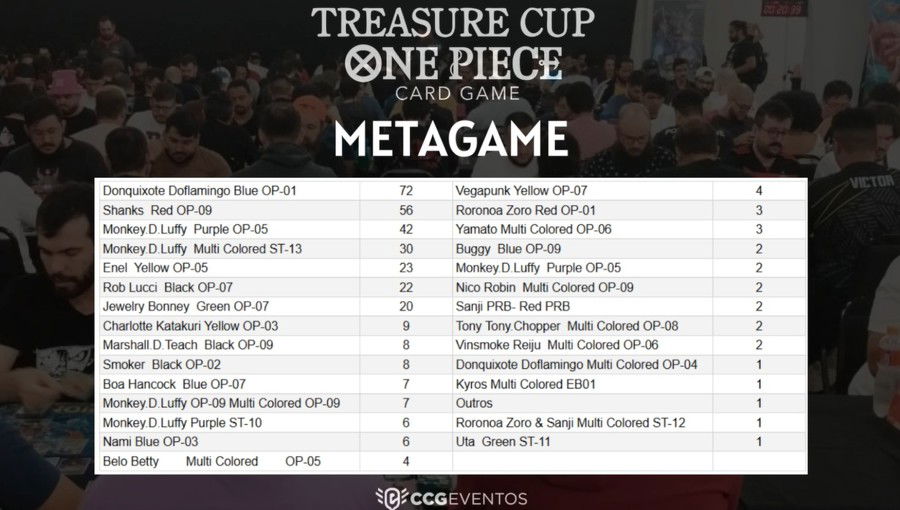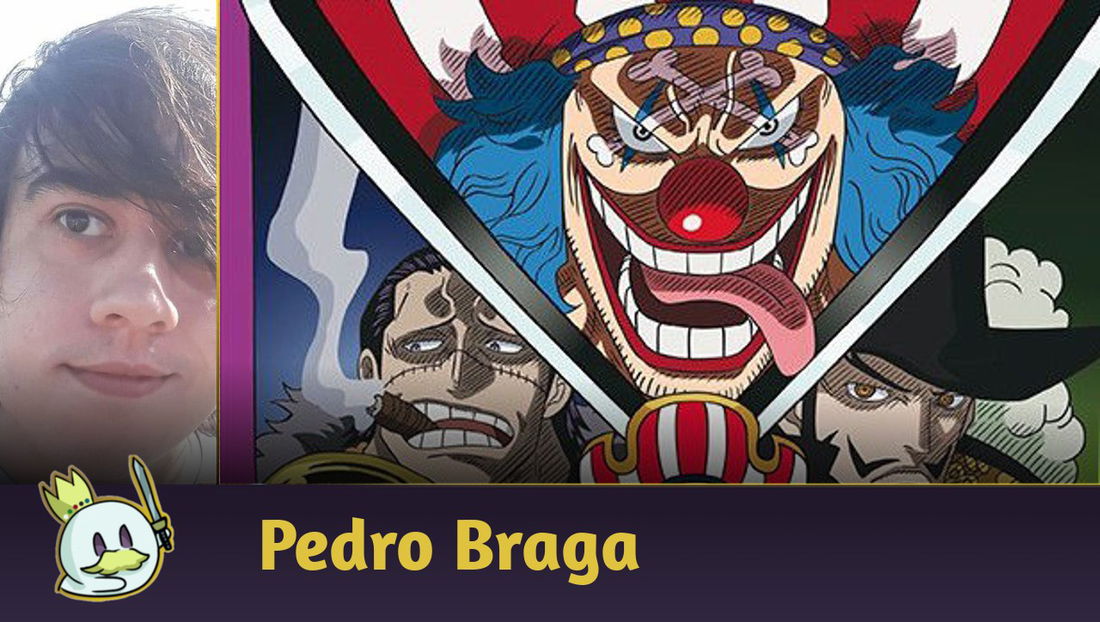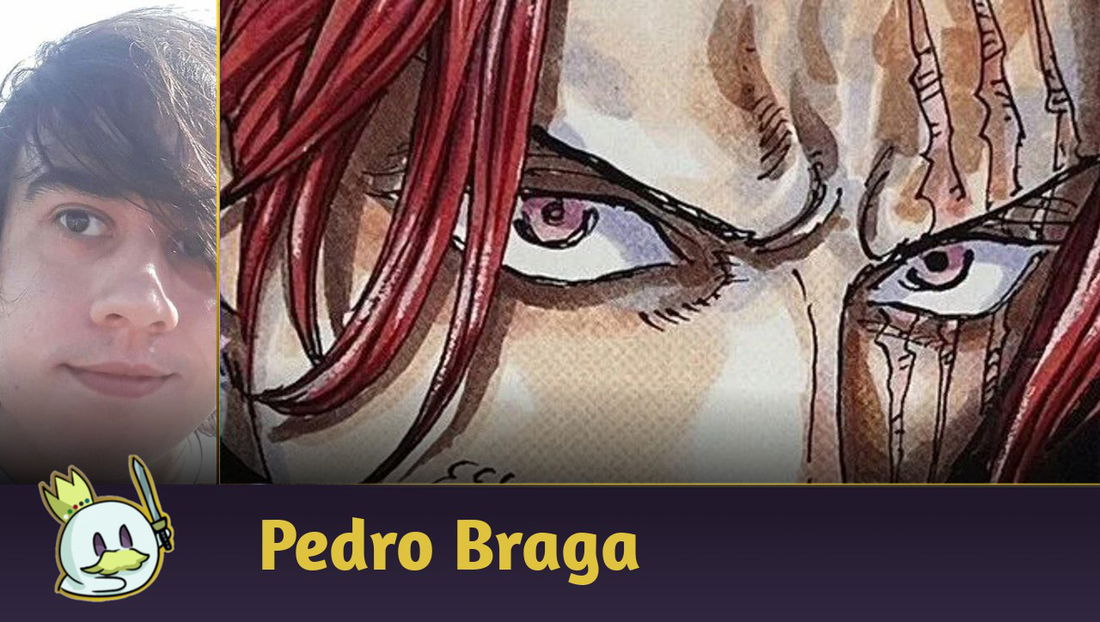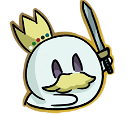Brazil in the centre of the One Piece TCG metagame!
Hello, everyone!
On February 15th, in São Paulo, the One Piece Treasure Cup took place, bringing together 360 participants/pirates in search of the greatest glory and ultimate rewards.
In today's article, we will review the event, talk about the best lists, metagame and overall standings, and think about the next steps for the format. Let's go!
The Event's Structure
The event was organized by CityClass Games, and took place at the Nikkey Palace Hotel, in São Paulo/SP. In addition to the Treasure Cup itself, there were also some side events, especially later in the day, when some participants had already dropped from the main event.
There were also some stores/stands to purchase singles and sealed product, in addition to trades between the participants themselves. It is interesting to highlight that we had many non-Brazilian participants, which shows how One Piece stands out not only in Brazil, but across the regional scene.
There were a total of 360 players, who faced each other over nine rounds in the Swiss format. It is important to highlight that in the Treasure Cup there is no cut for TopX, only the Swiss rounds. As there was no one undefeated at the end of the nine rounds, the final standings were defined using the tiebreaker criteria between those who had only one defeat, and thus Captain Leandro Corrochano became the Treasure Cup champion!
The Treasure Cup Metagame

As we can see in the image, the metagame in OP09 seems well defined, with three decks accounting for almost 50% of the metagame - Doflamingo, Shanks and P.Luffy - and another four decks with around 25% of the meta, ranging from 5% to 8% each - BY.Luffy, Enel, Rob Lucci and Bonney.
Doflamingo was the most represented deck, with 20% of the meta - that is, 1 in every 5 participants brought the monoblue leader. It's a considerable statistic, especially if you take into account the final result, with several copies of the deck throughout the top of the standings, including the champion of the event, as we will see later.
Shanks also had good representation, with around 16% of the meta, although the best result was a top16. It may be an indication that, despite its popularity, the variance of the deck may have affected the consistency of the players' results.
Purple Luffy also had good representation, with around 12%, but similar to Shanks, its best result was a top16, and much less success in both the top32 and top64. The deck has a more delicate matchup against Doflamingo, which was the most popular of the event, so the result is not at all surprising.
These 3 Leaders, as already mentioned, represented 48% of the metagame, almost half of the participants. It is undeniable that, if you want to be successful in the OP09 format, it is important to avoid Leaders who have difficulty against 2 of the 3 mentioned, otherwise it may take a lot of luck in the pairings to have a successful tournament.
It is also worth thinking about techs that are efficient against such Leaders, since, by the same statistical reasoning, it is expected that in half of the rounds these special slots can be well used to obtain an unexpected advantage over your opponents.
One should also not neglect the leaders who were less popular, but still had a significant percentage at the event. Typically, players who use such leaders tend to be experts in the archetype, having followed the evolution of the deck for some time. To be successful in an event with so many rounds, your deck needs to be flexible/adaptable enough, as well as consistent.
Let's take a look at some top-placing decklists from the event:
3rd Place - Luffy RP
This powerful Leader has a 6000 base stats, which already makes it very difficult for decks focused on filling the board with small attackers - like Doflamingo, for example. To compensate, it only has 3 Lifes, but it is often more than enough.
The game plan is to defend well in the first turns, expand your Don! adequately, and from turn 4 onwards, throw down haymaker after haymaker on the board, culminating with Monkey.D.Luffy OP05-119 or the more recent Monkey.D.Luffy OP09-119.
One of the Leader's great advantages is his flexibility to play both first and second, as he can increase the Don!! regardless, in order to play on-curve. You can also use some searchers, like Nami, which helps a lot with your consistency.
Finally, in addition to the aforementioned base 6000 defense, it also has excellent defensive tools such as Gum-Gum Giant OP09-078 and Queen ST04-005.
2nd Place - Luffy BY
Another deck that showcases the strength of the One Piece protagonist! Yellow/Black Luffy, interestingly, also has the advantage of increasing his own power both in offense and defense, being able to reach 7000 or even 9000 power even on the opponent's turn.
This is because the deck is centered on synergies with Sabo and Luffy's children versions, who manipulate the cards in the Leader's Life and, at the same time, increase his power both offensively and defensively. It is undoubtedly a high risk/high reward deck, since the game plan involves precisely going to zero life to start abusing the Leader's ability, using your discard practically as a second hand.
Opponents that are aware of the gameplan will initially avoid attacking Luffy BY, precisely so as not to accelerate their game plan of going to 0 life. Therefore, the deck itself uses cards that draw directly from Life, such as Charlotte Flampe EB01-056, Kouzuki Hiyori OP06-106 and Monkey.D.Luffy ST13-015.
The Champion - Donquixote Doflamingo
The champion of the event, and also the most represented among the players! Donquixote Doflamingo showed his strength, since in addition to its 1st place, other copies finished throughout the Top16, 32 and 64 of the event.
Without a doubt, the word that defines the list is consistency. Doflamingo manages to combine with extremely efficiency several different resources within the One Piece TCG, and thus play in a way that shows very few weaknesses.
The Leader's ability to play cards from the top of the deck - which, conveniently, can be ordered/arranged by lots of different cards -, combined with card draw from the characters themselves, and on top of that having 5 life, means that Doflamingo can play a game of constant value/attrition against any opponent. Even if their characters are removed, the Leader will usually be able to quickly refill the board, and as needed, can protect key characters with cards that return them to hand.
If that wasn't enough, you can also deal with the opponent's board, whether returning the characters to their hand or even shuffling them back into the deck - and, when returning to hand, you can also abuse the powerful Charlotte Pudding to undermine the opponent's resources.
The champion's list, aiming to be a few steps ahead on the Doflamingo's mirror match, integrated some copies of Hound Blaze OP05-057, in addition to increasing the number of Puddings, cutting on some defensive cards to make room for it all. A more proactive plan, very suitable to the Leader's general strategy, and which undoubtedly proved to be crucial in the games.
Conclusion
The Treasure Cup, beyond its final standings, was a huge celebration of the One Piece TCG in Brazil and, really, for all South America, and therefore deserves to be greatly celebrated! It will be the first of many events held by Bandai in Brazil this year, and it is very important to see that the community is active and excited about the game.
In terms of metagame, the Treasure Cup cemented the OP09 format well, and now we are awaiting not only the release of OP10, on March 21st, but also the banlist update, which takes place a little earlier on March 16th. These two events will undoubtedly affect the metagame and possibly change the entire scenario, leaving the next event - the Regional on April 26th - in an extremely open format.
For now, let's wait for the next changes in the metagame and continue following tournament results!
And you, what did you think of the results of the Treasure Cup in Brazil? Share with us!
Hugs and see you next time!














— Comentários 0
, Reações 1
Seja o primeiro a comentar